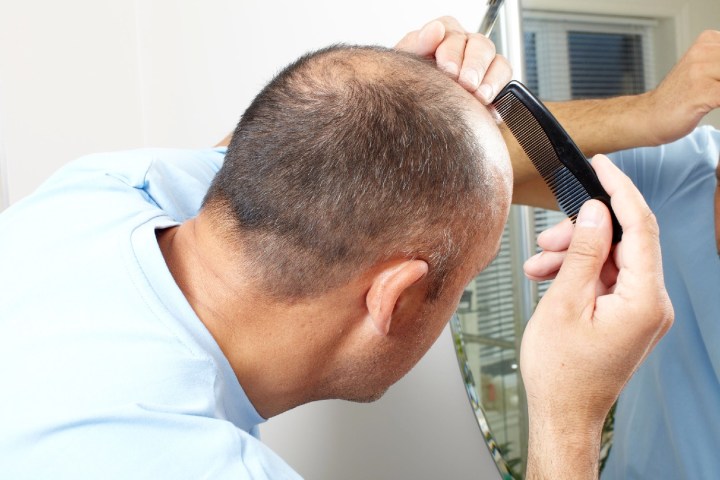
“We found that hair follicle stem cells practice a distinct type of metabolism, and that if you fiddle with it genetically or pharmacologically, you can control the rate at which these cells wake up to make new hair shafts,” Bill Lowry, a professor of molecular, cell, and developmental biology at UCLA, told Digital Trends.
Hair follicle stem cells generate hair over an individual’s lifetime. These remain dormant much of the time, but activate quickly when a new hair cycle prompts growth. When they don’t activate, baldness occurs. In small animal studies, the team was able to identify two drugs that influence hair follicle growth when applied to the skin. One drug is named RCGD423, and works by activating a cellular-signaling pathway that transmits information from outside the cell to the cell’s nucleus. The other drug, called UK5099, works by forcing the production of lactate in hair follicle stem cells, thereby accelerating hair growth.
“We showed that drugs that promote production of a particular metabolite can accelerate hair follicle stem cell activation in mice,” Lowry said. “We are pushing forward toward the clinic to determine if this same approach is viable for human hair in patients with thinning due to stress, age, chemotherapy, [and] hormone imbalance.”
There is still more work to be done before that point can be reached. As of now, the experimental drugs have not been tested in humans, nor approved as safe by the Food and Drug Administration. Researchers are optimistic that it will reach that point. “We are considering starting a new company to support the ongoing development of new compounds that could be drugs for testing in a clinical trial,” Lowry said.
A paper describing the research was recently published in the journal Nature Cell Biology.


